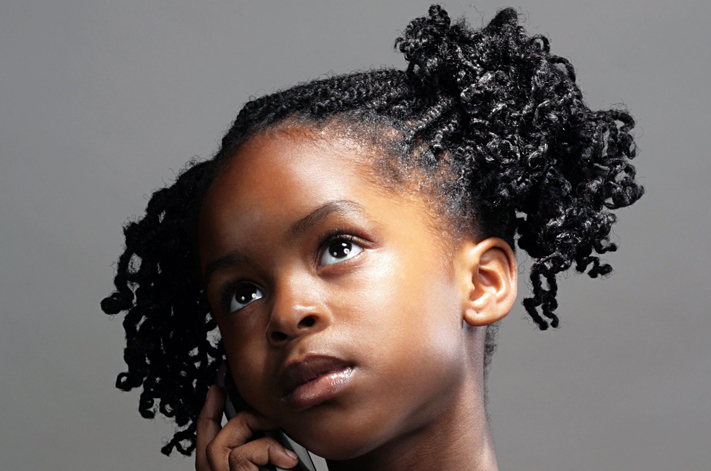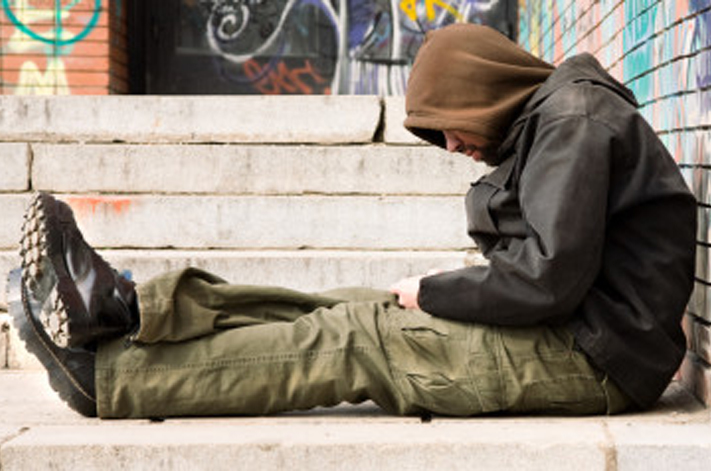Project Description
'If someone had told me fifteen years ago—back when …We live in a society that is dependent on pharmaceuticals, and parents who give their kids medicine are one more step in the pill-popping downfall of our culture.'
If someone had told me fifteen years ago — back when I was a smart, chic, kind of fit twenty-something newlywed — that my new husband Joe and I would one day give our child a tiny white pill every night, well, I might have laughed.
I mean, people who medicate their children are lazy. Everyone knows that.
They turn to pills and syrupy liquids because they don’t feel like trying anything else first.
We live in a society that is dependent on pharmaceuticals, and parents who give their kids medicine are one more step in the pill-popping downfall of our culture.
It is the easy way out.
Well, I can tell you that it wasn’t easy. But it was a way out.
Here is what I know about anxiety: it is interruption and interference. It is intrusion.
It is an insidious, slithering snake.
It is barking dogs and static on the radio and nighttime waking and middle-of-the-day wetting.
It is fear. It is irrational. And it ruthlessly stalks my son.
Jack’s anxiety first started in the spring of 2011, when he was six. It was like being hit with a ton of bricks — he was here one day and gone the next.
One day, we had a mildly repetitive, somewhat obsessive little boy, and then he woke up the next morning and started talking to himself and mumbling about wanting to eat his friends and screaming that the wind chill factor was going to make him die. He kept saying babies were going to paint him blue.
He was afraid to go to the bathroom. He was afraid to go outside. He was afraid of dogs and stop signs and things that were orange.
He stopped sleeping and he never, ever smiled or laughed.
Joe and I were completely blindsided. We had no idea that anxiety is autism’s sneaky sidekick; that the two travel in pairs like partners in crime. But then again, we thought Jack would outgrow his spectrum disorder diagnosis by kindergarten, so really, what do we know?
We bought a weighted blanket because all the research said weighted blankets are great for reducing anxiety.
It didn’t work.
We re-painted the room he shares with his three brothers a deep, rich navy because we hoped it would calm him, and make him feel as though he was in a soothing cocoon during the night.
It didn’t work.
We tried the Wilbarger brushing technique. We bought a huge box of these white, soft brushes that fit in the palm of your hand, and a dozen times a day we would lightly stroke his limbs and his torso. He loved it.
But it didn’t work. And after a few weeks his younger brother, Henry, started using the brushes to comb his hair.
We did joint compression and massages, breathing techniques and a low-sugar diet.
None of it worked.
Still Jack was terrified of the wind chill and babies painting him blue. Still, he talked to himself and asked to eat his friends and lurked around the corners of the house like a stranger within our own family.
Maybe the worst part was Jack couldn’t even explain what was happening. Over and over we begged him to tell us who he was talking to, why he was so afraid, how to make him feel better, but he could not ask for help.
It was as though he was locked in his own psychological prison, without so much as a file in a cake to break out.
I wept every day.
After two months, the doctor gently suggested it was time to try medication, and so we did.
And it worked. Slowly, Jack returned to us. Slowly, he smiled when he saw his favorite cartoon and stopped having accidents because he was afraid of the water in the toilet. He didn’t shriek and cover his ears when he saw a baby in a stroller.
That was four years ago. And since then, we never once changed the prescription or the dosage, even though Jack is a good forty pounds heavier and at least a foot taller. Then last summer we decided to stop it altogether.
But over the past two months, Joe and I have noticed some changes; some differences in Jack’s demeanor and his movements and his sleeping.
You know when you’re wearing a shirt that doesn’t fit quite right? Maybe the sleeves are too short or the fabric is too scratchy or the collar is stiff. But you’ve already left for school or work or your meeting or the gym and it’s too late to go back and change, so you just stick it out for the day.
And for the entire day, this shirt nags at you. You tug at the sleeves and pull at the collar. You can’t concentrate. You feel irritated and all you can think about is taking it off the second you get home.
That’s exactly how Jack looks. He looks like his shirt doesn’t fit quite right. Only instead of a shirt, it’s his skin. And he can’t go home at the end of the day and take it off; he has to wear it for his whole life.
He talks incessantly about getting stuck in a time machine. He’s afraid he’ll be transported back to colonial times and the time machine will break or he’ll forget how to work it and he’ll have to stay there without us.
He won’t go outside because he’s afraid he will fall down in the snow and not be able to get up. And when we tell him he will be able to get up himself, and if he isn’t he can call us and we will help him, he insists we won’t be able to hear him.
He can’t perform the simplest, everyday task — things he used to do easily, like brushing his teeth, pouring his own cereal, taking his homework out of his red backpack — without screeching about how he can’t do it, it’s too hard for him, he is scared.
He fidgets and he twitches and he wrings his hands all day long. If he’s sitting, he bends over at the waist and rubs his palms down the length of his thighs.
He doesn’t smile easily, but every so often he laughs maniacally at a joke no one in the room has told.
He talks to himself.
He is not sleeping.
He is afraid.
His prison is back.
This time, there are no more rooms to paint. Jack can’t stop jumping and flapping long enough for us to use the brushes, and he complains the weighted blanket is too hot.
When you live alongside autism, there are a lot of firsts — momentous milestones we never thought we’d reach. And every once in a while, I like to take them out and hold them up to the light like rare, precious jewels.
His first word.
His first sentence.
His first real two-armed hug, and the first time he ate a piece of salmon.
The first time he lost his smile.
The first day he got it back.
And then, about a week ago, the first time he asked me for help.
“Please be next to me. In this bed. I can’t stop it for thinking about the time machines.”
If I had my own time machine, I would travel back to my young newlywed self. I would loop my arm through hers and bend my head close. And I would ask her not to judge her future, because she has yet to walk in her own shoes.
She has yet to meet a tender, precious, funny boy named Jack.
She has yet to imagine the rich, dusty purple of a Saturday or Sunday morning’s brilliant yellow.
She has not yet held the fate of a child’s joy in the palm of her hand like the most fragile, breathtaking butterfly.
She has yet to hear the softest, saddest whisper in the silence of a navy blue room.
“My brain. My brain. It is moving fast. It feels not right.”
She has yet to try and melt his snow.
We have refilled the prescription. And two nights ago, I shook the small amber vial and gave Jack his first tiny white pill. I watched him drink it down with a mouthful of water. And then I prayed.
I prayed it would help to bring him home, just like it did the first time.
Carrie Cariello is the author of What Color Is Monday?: How Autism Changed One Family for the Better, and Someone I’m With Has Autism. She lives in Southern New Hampshire with her husband, Joe, and their five children. She is a regular contributor to Autism Spectrum News and has been featured on NBC Nightly News, WordPress, the Huffington Post, and Parents.com. Carrie speaks regularly about autism, marriage, and motherhood, and writes a weekly blog at www.carriecariello.com.
This piece was reprinted by EmpathyEducates with permission or license. We thank the Author, Carrie Cariello for her kindness and observations. We believe this treatise invites a vital conversation. How do we decide what is best for our children? When and why?










